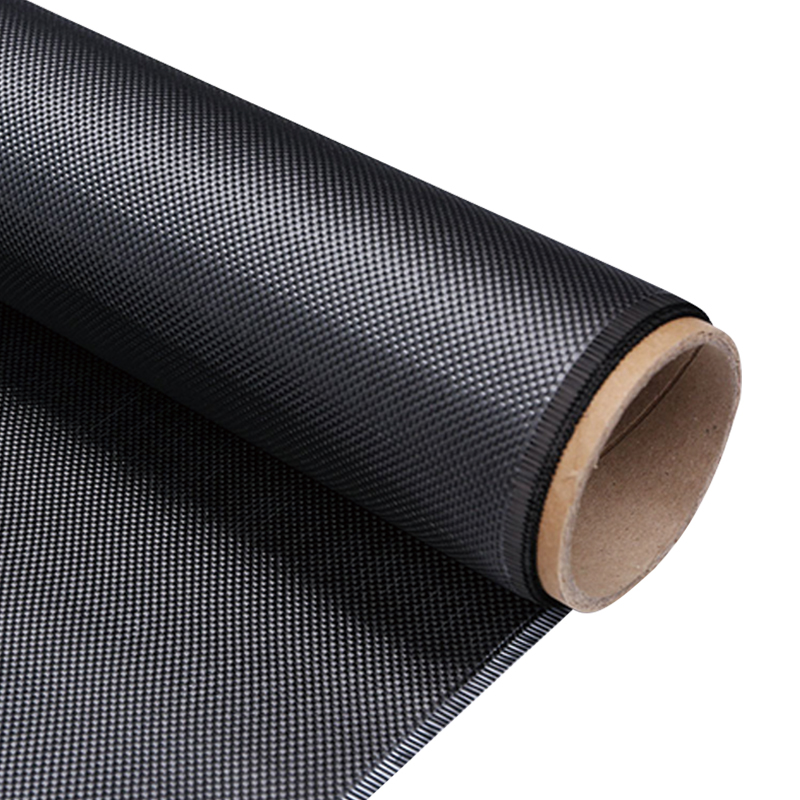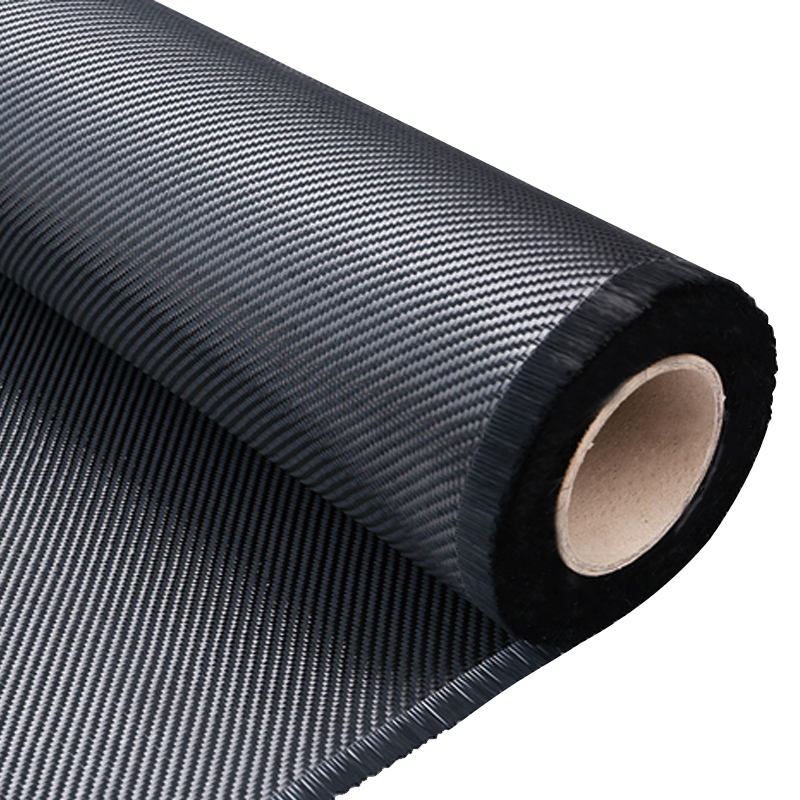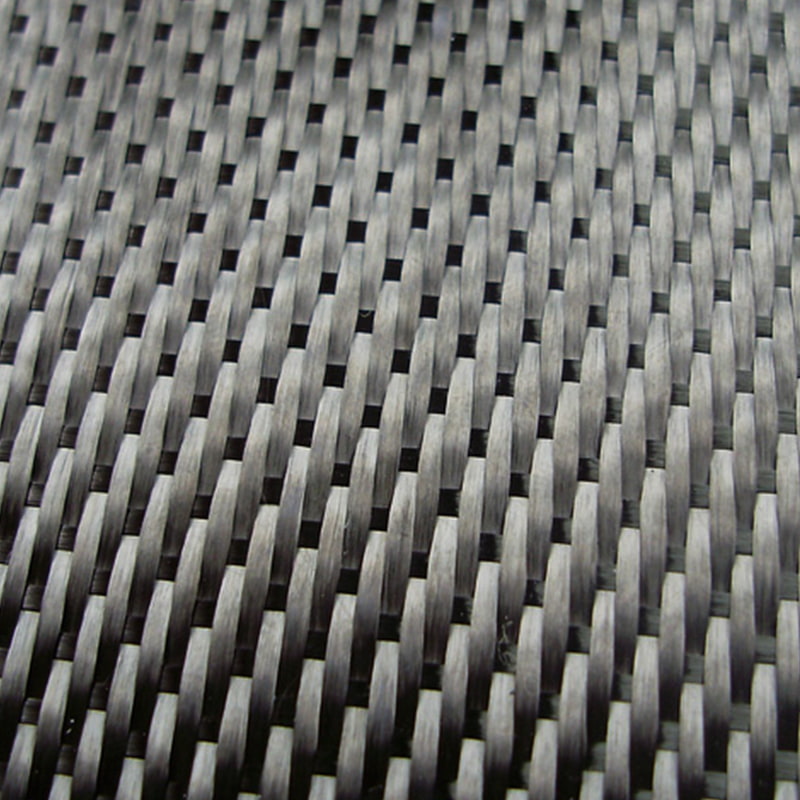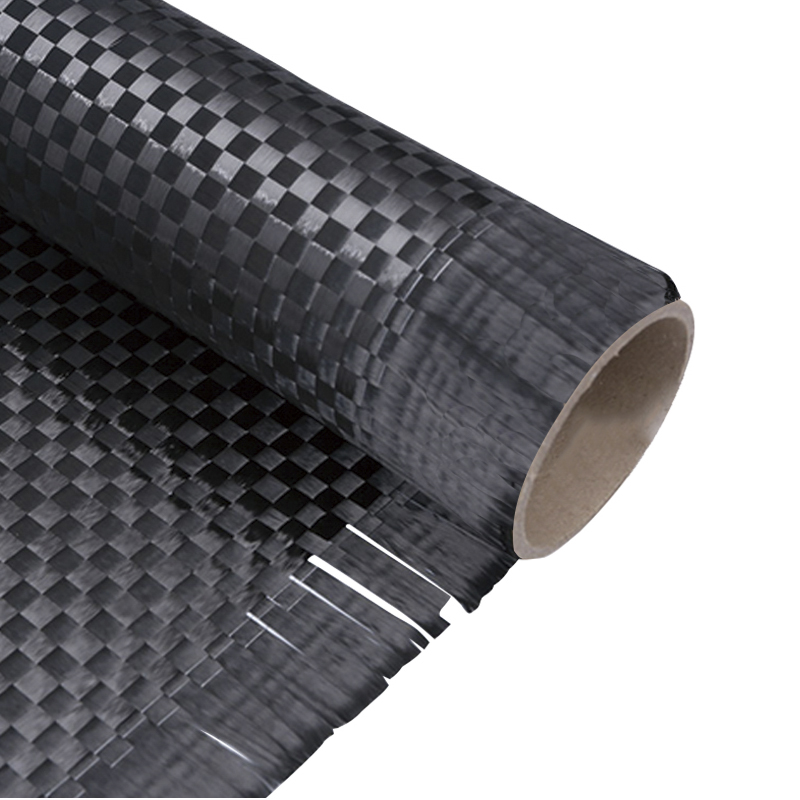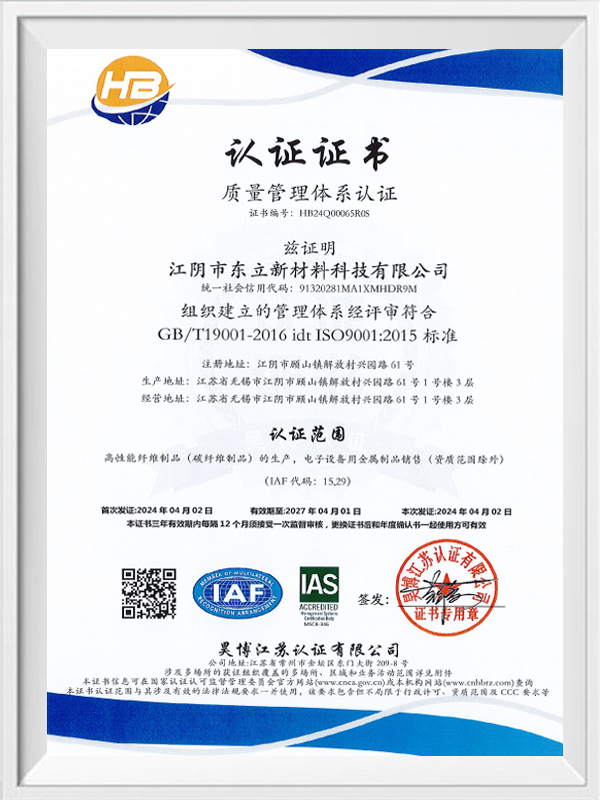How to optimize the weaving process of pure carbon fiber woven fabrics to improve their mechanical properties?
To optimize the weaving process of pure carbon fiber woven fabrics to improve their mechanical properties, systematic improvements need to be made in fiber selection, weaving structure, process parameters, post-processing technology and other aspects. The following are key optimization directions and specific measures:
1. Fiber selection and pretreatment
Goal: Ensure fiber strength, interface bonding and consistency.
High modulus/high strength carbon fiber: Select high-performance fibers such as T800 and T1000 to balance modulus and elongation at break.
Surface treatment: Improve the interfacial bonding between fiber and resin through oxidation, plasma treatment or sizing.
Fiber orientation: Unidirectional (UD) fibers are strengthened in a specific direction, while multi-axial weaving can balance multi-directional mechanical properties.
2. Weaving structure design
Goal: Optimize fiber arrangement to balance strength, stiffness and damage tolerance.
Basic weave types:
Plain Weave: high stability, but poor bending performance;
Twill Weave: good shear resistance, suitable for complex curved surfaces;
Satin Weave: less fiber buckling, high tensile strength (such as 5HS satin for aviation parts).
Multi-layer and three-dimensional weaving: Z-direction fiber enhances interlayer shear strength and reduces the risk of delamination.
Hybrid weaving: Combine carbon fiber with other fibers (such as glass fiber, aramid) to improve impact resistance.
3. Process parameter optimization
Goal: Reduce fiber damage and ensure uniformity.
Tension control: Maintain constant tension (such as 100-200N/bundle) during weaving to avoid fiber breakage due to excessive tension or loose fabric due to excessive looseness.
Weaving speed: Low speed (such as 5-20 rpm) can reduce friction heating and fiber wear.
Temperature and humidity: The environment is controlled at 20-25°C and 40-60% RH to prevent resin pre-curing or fiber moisture absorption.
4. Resin impregnation and curing process
Goal: Maximize fiber-resin interface bonding and reduce defects.
Resin selection: Epoxy resin (high adhesion), BMI (high temperature resistance) or thermoplastic resin (recyclability).
Prepreg process: Ensure uniform resin impregnation and control resin content (30-40%).
Curing parameters: Use staged curing (such as 80°C pre-cure + 180°C post-cure) to reduce internal stress.
5. Post-processing and performance verification
Hot pressing: Eliminate porosity and improve density through high pressure (0.5-1.5 MPa).
Non-destructive testing (NDT): Use ultrasonic scanning or X-ray to detect internal defects (such as porosity, delamination).
Mechanical testing: Verify the optimization effect through tensile, bending, and interlaminar shear strength (ILSS) tests.
Application cases
Aerospace: Use 5HS satin + RTM process to manufacture wing skins, and the tensile strength is increased by 20%.
Automobile: Twill weave + thermoplastic resin achieves rapid molding, reduces weight by 30% and maintains impact resistance.
 English
English
 中文简体
中文简体 عربى
عربى Tiếng Việt
Tiếng Việt

